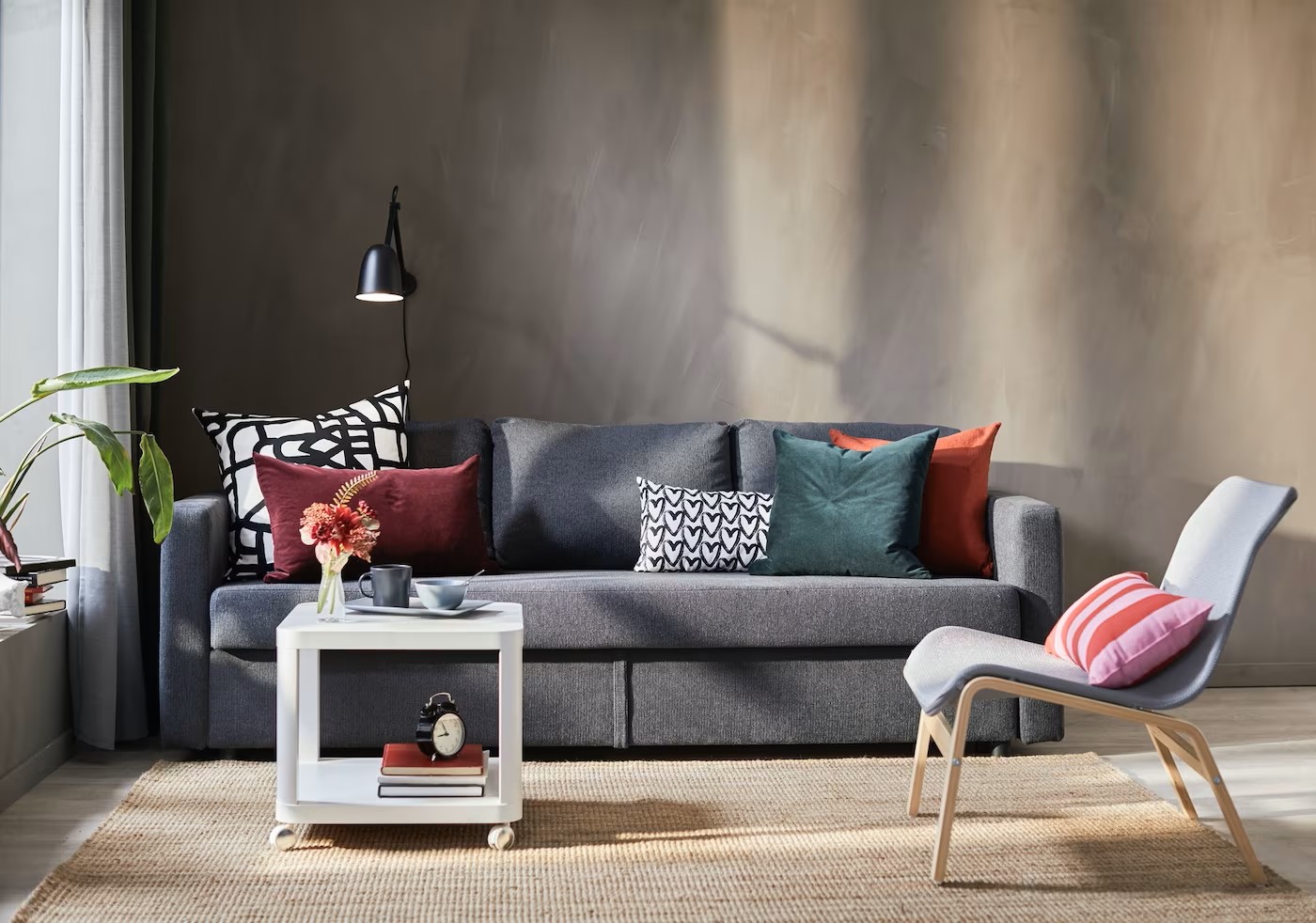

Articles
How To Decorate Living Room Without Furniture
Modified: October 20, 2024
Discover creative ways to decorate your living room without using traditional furniture. We provide informative articles on unique decor ideas to transform your space.
(Many of the links in this article redirect to a specific reviewed product. Your purchase of these products through affiliate links helps to generate commission for Storables.com, at no extra cost. Learn more)
Introduction
When it comes to decorating a living room, furniture is often considered an essential element. However, there is a rising trend in embracing minimalist and unconventional designs that involve decorating a living room without furniture. This unique approach can bring a sense of freedom, creativity, and open space to your living area.
Decorating a living room without furniture can have numerous benefits. Firstly, it allows for a more versatile and flexible space where you can easily rearrange and adapt to different activities and gatherings. Without bulky furniture, you have the freedom to experiment with different layouts and create unique seating arrangements.
In addition, a furniture-free living room promotes a minimalist lifestyle and encourages you to declutter and simplify your space. It can give your home a more spacious and open feel, making it ideal for smaller living rooms or open-plan apartments. Moreover, it can be a cost-effective solution as it eliminates the need to invest in expensive furniture pieces.
To successfully decorate a living room without furniture, it is essential to choose a theme that aligns with your personal style and preferences. This theme will set the tone for the entire space and guide your decision-making process when selecting decorative elements. Whether you prefer a bohemian, Scandinavian, or modern look, the theme will help create a cohesive and visually appealing living room.
One of the key aspects of a furniture-free living room is creating a cozy and comfortable seating area using floor cushions, poufs, or bean bags. These soft and plush seating options provide a relaxed and informal atmosphere. You can mix and match different colors, patterns, and textures to add depth and personality to your living room.
Cushions, pillows, and throws are not only for seating but also for adding aesthetic appeal. They can be used to dress up the floor and create a layered effect. You can experiment with different sizes, shapes, and fabrics to create a cozy and inviting space. Additionally, you can use cushions and pillows to differentiate different seating zones or create back support for a more comfortable experience.
Incorporating rugs and mats is another great way to define and separate areas within a furniture-free living room. Rugs can anchor a seating area and add warmth and texture to the space. Depending on your theme, you can opt for natural fiber rugs, colorful patterned rugs, or luxurious shaggy rugs to enhance the visual appeal of the room.
Key Takeaways:
- Embrace the freedom and creativity of a furniture-free living room by incorporating versatile seating, cozy floor cushions, and visually appealing rugs to create a unique and inviting space that reflects your personal style and preferences.
- Maximize natural light, incorporate soothing scents, and maintain a clutter-free environment to create a serene and harmonious furniture-free living room that promotes relaxation, creativity, and a sense of open space.
Read more: How To Organize Furniture In The Living Room
Benefits of Decorating a Living Room without Furniture
Decorating a living room without furniture offers a range of benefits that can transform your space into a unique and stylish haven. Let’s explore some of the advantages of embracing a furniture-free living room:
- Versatility and Flexibility: Without the constraints of traditional furniture, you have the freedom to rearrange and adapt your living room to suit different activities and occasions. Whether you need space for yoga, socializing, or simply lounging, a furniture-free living room allows you to create versatile seating arrangements and layouts with ease.
- Open and Spacious Feel: By eliminating bulky furniture, a furniture-free living room can instantly make your space feel more open and spacious. This is particularly beneficial for smaller living rooms or open-plan apartments where maximizing space is crucial. The absence of furniture allows for a seamless flow and a sense of freedom throughout the room.
- Cost-Effective Solution: Decorating a living room without furniture can be a cost-effective approach. Instead of investing in expensive furniture pieces, you can focus on adding decorative elements such as rugs, cushions, and artwork to create a visually stunning and personalized space. This allows for more flexibility to update and change the look of your living room without breaking the bank.
- Minimalist Lifestyle: A furniture-free living room promotes a minimalist lifestyle by encouraging you to declutter and simplify your space. This not only creates a visually appealing environment but also reduces stress and promotes a sense of calm. With fewer items taking up space, you can focus on the essentials and enjoy a clutter-free living area.
- Freedom of Expression: Decorating a living room without furniture opens up endless possibilities for creative expression. This is your chance to experiment with different styles, colors, and textures to create a personalized and unique space that reflects your personality and taste. Without the limitations of furniture, you have the freedom to be bold and unconventional with your design choices.
- Eco-Friendly Approach: Opting for a furniture-free living room aligns with sustainable living practices. By repurposing and reimagining your space without furniture, you reduce the demand for new furniture production, which contributes to environmental preservation. Additionally, if you choose to incorporate sustainable materials and practices into your decor, you can create a more eco-friendly and sustainable living room.
Embracing a furniture-free living room can be a refreshing and liberating design choice. It allows you to think outside the box, embrace minimalism, and create a space that is uniquely yours. The benefits of a furniture-free living room extend beyond aesthetics and can positively impact your lifestyle and well-being.
Choosing a Theme for Your Furniture-Free Living Room
Choosing a theme is a crucial step when decorating a furniture-free living room. A theme will serve as a guiding principle, helping you create a cohesive and visually appealing space. Here are some tips to consider when selecting a theme for your furniture-free living room:
- Reflect Your Personal Style: Your living room should be a reflection of your personal style and taste. Consider the overall aesthetic you want to achieve. Do you prefer a minimalist and modern look, a cozy bohemian vibe, or a sleek and contemporary feel? Understanding your personal style will guide you in selecting the right elements to create a cohesive theme.
- Draw Inspiration from Your Surroundings: Look to your surroundings for inspiration when choosing a theme. Take note of the colors, textures, and natural elements present in your home environment. If you live near the beach, you might consider a coastal or nautical theme. Alternatively, if you are surrounded by lush greenery, a nature-inspired theme could be a perfect fit.
- Consider the Size and Layout: The size and layout of your living room should also influence your choice of theme. A minimalist theme with clean lines and neutral colors can make a small living room appear more spacious and airy. On the other hand, a bold and vibrant theme can add energy and personality to a larger space. Consider the proportions and flow of your room as you make your decision.
- Think About Functional Needs: While the absence of furniture offers versatility, it is important to consider your functional needs when choosing a theme. If you frequently entertain guests, you might want to create dedicated seating areas using cushions or floor pillows. Alternatively, if you use your living room primarily for relaxation and meditation, a calming and Zen-inspired theme could be ideal.
- Blend Different Design Elements: Don’t be afraid to blend different design elements when creating your theme. Mixing and matching patterns, colors, and textures can add depth and visual interest to your living room. For example, you might combine a Scandinavian-inspired color palette with bohemian patterns and textures for a unique and eclectic look.
- Consider Longevity: While it is important to choose a theme that resonates with you now, also consider its longevity. Will you still love and enjoy the theme in the years to come? Selecting a timeless and enduring theme will ensure that your furniture-free living room remains stylish and relevant as your tastes evolve.
Choosing a theme for your furniture-free living room is an exciting opportunity to infuse your personal style and creativity into your space. By considering your surroundings, functional needs, and personal preferences, you can create a theme that brings joy, relaxation, and a sense of harmony to your living room.
Creating a Cozy and Comfortable Floor Seating Area
When decorating a furniture-free living room, one of the key elements to consider is creating a cozy and comfortable floor seating area. Without traditional furniture, you have the opportunity to create a relaxed and informal space using various seating options. Here are some tips to help you create a cozy and comfortable floor seating area:
- Invest in Quality Floor Cushions: Floor cushions are a versatile and essential element for a furniture-free living room. Look for high-quality cushions that provide adequate support and comfort. Opt for different sizes and thicknesses to create variety and flexibility in your seating area.
- Choose Plush Floor Pillows: Floor pillows are another great addition to your floor seating area. These soft and plush cushions provide extra comfort and can be easily stacked or arranged to suit your seating needs. Look for floor pillows with removable and washable covers for easy maintenance.
- Consider Bean Bags: Bean bags are a fun and casual seating option that adds a laid-back vibe to your living room. They are comfortable, easy to move around, and provide excellent support. Choose bean bags in different sizes and colors to add visual interest and versatility to your floor seating area.
- Add Back Support: While sitting on the floor can be comfortable, adding back support can enhance the overall comfort of your seating area. Use oversized pillows or cushions against the wall or invest in low-level backrests to provide additional support while lounging on the floor.
- Create Layers: Layering cushions and pillows can add depth and create a more inviting seating area. Mix and match different fabrics, textures, and patterns to add visual interest. Experiment with different combinations and arrangements to achieve the desired cozy and layered effect.
- Consider Floor Chairs or Floor Loungers: Floor chairs or floor loungers are another seating option to consider. These low-level chairs provide a comfortable and supportive seating experience while maintaining the furniture-free aesthetic. Look for floor chairs with adjustable positions or built-in reclining features for added comfort.
- Add Throw Blankets and Snuggle Up: To enhance the cozy factor, incorporate throw blankets or knit throws into your floor seating area. Not only do they provide warmth on chilly days, but they also add texture and visual appeal. Snuggling up with a blanket enhances the comfort and relaxation of your floor seating area.
- Consider Floor Seating with Integrated Storage: Look for floor seating options that also offer storage compartments. These dual-purpose pieces allow you to keep your living room organized by storing extra cushions, blankets, or other items within easy reach. This ensures that your floor seating area remains clutter-free and functional.
Creating a cozy and comfortable floor seating area in your furniture-free living room is all about choosing the right cushions, pillows, and seating options that provide support and relaxation. Remember to mix and match different seating elements, create layers, and add personal touches to make your floor seating area a cozy oasis in your home.
Utilizing Cushions, Pillows, and Throws
When decorating a furniture-free living room, cushions, pillows, and throws become key design elements that not only add comfort but also enhance the aesthetic appeal of your space. These versatile items can be used in various ways to create a cozy and inviting atmosphere. Here are some tips on how to effectively utilize cushions, pillows, and throws:
- Mix and Match: Experiment with different sizes, shapes, colors, and patterns when choosing cushions and pillows. Mixing and matching these elements can add visual interest and create a personalized touch in your living room. Play with textures like velvet, linen, or faux fur to add depth and tactile appeal.
- Add Layers: Layering cushions and pillows can instantly make your seating area more inviting and cozy. Place larger cushions or pillows at the back for added support, and smaller ones in the front for comfort. Layering allows you to create depth and dimension, making your seating area visually appealing and comfortable.
- Create Different Zones: Use cushions and pillows to create different seating zones within your furniture-free living room. You can arrange them in circles, semi-circles, or squares to define separate areas for relaxation, conversation, or even meditation. This provides a sense of organization and functionality in your space.
- Add Contrast: Consider adding cushions and pillows in contrasting colors to make them stand out. For example, if you have a neutral color palette, incorporate vibrant cushions or pillows for pops of color. Conversely, if you have a bold and vibrant theme, adding neutral or muted tones can help balance the overall look.
- Create a Coordinated Look: To achieve a cohesive and put-together look, select cushions, pillows, and throws that coordinate with your chosen theme. Choose colors, patterns, and fabrics that complement each other and tie the different elements in your living room together. This will create a sense of harmony and visual unity.
- Use Throws for Texture: Throws can be both decorative and functional. They can add texture to your furniture-free living room, especially if you opt for knit throws, faux fur, or woven blankets. Drape them over the back of your seating area or fold them neatly on the armrests to add visual interest and warmth to the space.
- Change with the Seasons: Cushions, pillows, and throws provide an opportunity to change the look and feel of your living room with the seasons. In warmer months, opt for lighter fabrics and pastel hues. In colder months, switch to cozy knits, faux fur, and deeper, richer colors. This allows you to keep your space fresh and inviting throughout the year.
- Consider Functionality: Keep in mind the functionality of your cushions, pillows, and throws. Choose durable fabrics that are easy to clean, especially if you have pets or children. Opt for removable covers that can be washed or interchanged, ensuring your cushions and pillows stay fresh and vibrant.
By utilizing cushions, pillows, and throws effectively in your furniture-free living room, you can create a comfortable and visually appealing space that reflects your personal style. Don’t be afraid to mix and match, add layers, and use contrasting colors and textures to make your seating area inviting and cozy.
Incorporating Rugs and Mats
Rugs and mats play a significant role in decorating a furniture-free living room, as they not only add visual interest but also provide a sense of warmth and comfort. When incorporating rugs and mats into your space, it’s important to consider their size, material, and design to ensure they enhance the overall aesthetic of your living room. Here are some tips on how to effectively incorporate rugs and mats:
- Choose the Right Size: Consider the size of your living room when selecting rugs and mats. A larger rug can help define the seating area and anchor the space, creating a cohesive look. Alternatively, you can use smaller rugs or mats to delineate specific zones within the room, such as a reading nook or a meditation area.
- Consider the Material: The material of your rugs and mats should not only complement your theme but also provide comfort and durability. Natural fibers like jute or sisal can add a rustic and earthy feel, while wool or cotton rugs offer softness and warmth. Choose materials that are easy to clean and maintain, especially if your living room experiences heavy foot traffic.
- Play with Patterns and Colors: Rugs and mats provide an opportunity to introduce patterns and colors into your furniture-free living room. If you have a neutral color palette, consider incorporating a vibrant or patterned rug to create a focal point. On the other hand, if your living room has bold and colorful elements, opt for a more subdued or textured rug to balance the overall look.
- Create Contrast: Utilize rugs and mats to create contrast and visual interest. For example, if you have light-colored flooring, choose a darker rug to make it stand out. Alternatively, if your floors are dark, opt for a lighter-colored rug for contrast. This contrast will not only add depth to your living room but also draw attention to the seating area.
- Layer Rugs: Layering rugs can add dimension and coziness to your living room. Try layering smaller rugs or mats on top of a larger rug to create a stylish and textured look. This technique works particularly well if you have a neutral-colored base rug and want to add pops of color or pattern with smaller rugs layered on top.
- Consider Shape and Placement: Don’t limit yourself to rectangular rugs. Explore different shapes, such as circular or irregular shapes, to make a bold statement in your living room. Additionally, consider the placement of your rugs and mats. Position them strategically to define specific areas or pathways, creating a visually appealing and functional space.
- Think About Texture: Textured rugs and mats can add depth and visual interest to your living room. Consider adding a shaggy or woven rug to create a cozy and inviting seating area. Texture can also help break up the monotony of a minimalist design, adding visual intrigue to your space.
- Ensure Safety: When incorporating rugs and mats, it’s essential to ensure they are safely secured to prevent slips or tripping hazards. Use rug pads or non-slip mats underneath to keep them in place, especially if you have hardwood or tile flooring.
Incorporating rugs and mats into your furniture-free living room can transform the overall look and feel of the space. By choosing the right size, material, design, and placement, you can add warmth, comfort, and style to your living room while creating a visually captivating environment.
Adding Low-Level Shelving and Storage
When decorating a furniture-free living room, incorporating low-level shelving and storage solutions is essential for maintaining functionality and organization. While the absence of furniture offers an open and spacious feel, having designated storage areas helps keep your living room clutter-free and enhances the overall aesthetic appeal. Here are some tips on how to effectively add low-level shelving and storage:
- Choose the Right Type of Shelving: Select shelving units that are low in height and visually lightweight. Open shelving or modular shelving systems work well in a furniture-free living room as they offer a contemporary and airy feel. You can opt for wall-mounted shelves or freestanding units depending on your preferences and space availability.
- Consider Materials and Finishes: Consider the materials and finishes of the shelving to ensure they complement your theme. If you have a minimalist or modern aesthetic, sleek and minimalist shelving made from metal or glass can be a great choice. On the other hand, if you prefer a more rustic or bohemian look, wooden shelving with natural finishes can add warmth and character to the space.
- Organize with Bins and Baskets: Utilize bins and baskets on the low-level shelves to keep smaller items organized and visually appealing. Choose bins and baskets in materials and colors that coordinate with your living room theme. This not only adds a touch of style but also provides easy access to items while keeping them neatly stored.
- Showcase Decorative Elements: Low-level shelving provides an opportunity to showcase decorative elements and enhance the visual appeal of your living room. Display books, art pieces, plants, and other decorative items on the shelves to add personality and charm. This not only adds visual interest but also creates a curated and inviting space.
- Add Adjustable Shelving: Consider adding adjustable shelving to accommodate different heights and sizes of items. This flexibility allows you to adapt the shelving to your changing needs and ensures that you can store a variety of items, from books and magazines to electronics and decorative accessories.
- Hide Clutter with Storage Bins: Low-level shelving can also serve as a hiding spot for items you want to keep out of sight. Use storage bins or boxes to store items such as remote controls, cables, or other smaller items that can lead to visual clutter. Choose bins that fit the style and color scheme of your living room for a cohesive look.
- Create a Display Area: Dedicate a section of the low-level shelving as a display area for your favorite decorative items. This can include artwork, sculptures, or sentimental objects. By creating a visually appealing display, the shelving not only provides storage but also becomes a focal point in your furniture-free living room.
- Consider Floating Shelves: Floating shelves are a great option for a furniture-free living room as they add storage without taking up floor space. Install floating shelves at different heights to create visual interest and break up the wall space. These shelves are perfect for displaying smaller decorative items or storing books and magazines.
Adding low-level shelving and storage to your furniture-free living room helps maintain order and functionality while adding style and visual interest to the space. By choosing the right shelving type, organizing with bins and baskets, and showcasing decorative elements, you can create a well-curated and clutter-free environment that enhances the overall aesthetic of your living room.
Use large floor pillows, bean bags, and poufs for seating. Hang wall art, mirrors, and shelves to add visual interest. Use area rugs to define different spaces. Incorporate plants and decorative lighting to create a cozy atmosphere.
Hanging Wall Decorations
Decorating the walls is a crucial aspect of creating a visually appealing and engaging furniture-free living room. Hanging wall decorations not only add personality and charm to the space but also serve as focal points that tie your design elements together. Here are some tips on how to effectively hang wall decorations in your living room:
- Select Meaningful Artwork: Choose artwork that reflects your personal style and resonates with you. Whether it’s paintings, prints, photography, or mixed media pieces, select artwork that evokes emotions and adds a personal touch to your living room. Look for pieces that complement your theme and color scheme.
- Consider Size and Placement: Consider the size and placement of your wall decorations to ensure they fit harmoniously with your furniture-free living room. Avoid overcrowding the walls – instead, choose a few key pieces that make a statement. Hang larger artwork on a focal wall to create a dramatic effect, while smaller pieces can be grouped together for visual interest.
- Experiment with Different Arrangements: Don’t be afraid to experiment with different arrangements for your wall decorations. Try creating a gallery wall by arranging a collage of artwork in different sizes and styles. Alternatively, you can create a vertical or horizontal arrangement depending on the space available and your personal aesthetic preferences.
- Consider Framing: Framing your artwork can elevate its visual impact. Choose frames that enhance the artwork and complement the overall style of your living room. Depending on your theme, you can opt for sleek and modern frames or ornate and vintage-inspired ones. Consider using frames of the same color or material for a cohesive look.
- Integrate Mirrors: Mirrors not only serve as decorative elements but also add depth and reflect light, making your living room appear brighter and more spacious. Hang mirrors strategically to capture natural light and create the illusion of a larger space. Consider unique mirror shapes or frames that enhance your style and theme.
- Hang Wall Tapestries or Textiles: Wall tapestries or textiles can add texture and warmth to your furniture-free living room while adding a bohemian or eclectic touch. Choose tapestries with intricate patterns or vibrant colors that complement your overall design. Hang them using a rod or decorative hooks for a visually appealing display.
- Showcase Collections: If you have a collection of items such as plates, masks, or framed photographs, consider using wall-mounted shelves or individual hangers to display them. This adds a personal touch and allows you to showcase your cherished items. Arrange them in a visually pleasing manner, grouping similar items together or creating a cohesive arrangement.
- Highlight Architectural Features: Use wall decorations to highlight the architectural features of your living room. If you have exposed brick walls, a large piece of artwork or a wall sculpture can draw attention to it. Alternatively, if you have a fireplace, consider placing decorative items or artwork above the mantel to create a focal point.
- Consider Wall Decals or Stickers: Wall decals or stickers are a versatile and non-permanent option for adding visual interest to your living room walls. They come in various designs, patterns, and sizes, allowing you to customize your space. Choose decals or stickers that complement your theme and can easily be removed or changed when desired.
Hanging wall decorations in your furniture-free living room allows you to express your personality and create a visually stunning environment. Whether you choose artwork, mirrors, tapestries, or other decorative elements, ensure they enhance the overall aesthetic and add a personal touch to your space. Experiment with different arrangements and let your creativity shine.
Utilizing Room Dividers
Room dividers serve as both functional and decorative elements in a furniture-free living room. They can provide separation and privacy, define different functional zones, and enhance the overall aesthetics of the space. Here are some tips on how to effectively utilize room dividers in your living room:
- Select the Right Type of Divider: There are various types of room dividers to choose from, such as folding screens, bookshelves, curtains, beaded curtains, plant stands, or even freestanding artwork. Consider your living room’s style and desired level of privacy when selecting the type of room divider that best fits your needs.
- Create Functional Zones: Use room dividers to create distinct functional zones within your living room. For example, you can use a folding screen to separate the seating area from a workspace or to create a quiet reading nook. This helps define different areas and allows for better organization and utilization of space.
- Add Visual Interest: Room dividers can become visual focal points in your living room, so choose ones that add interest and enhance the overall aesthetics. Look for dividers with unique designs, patterns, or textures that complement your theme. This can be an opportunity to bring in elements like lattice work, geometric patterns, or natural materials.
- Optimize Storage: Room dividers that double as shelving units or bookcases provide both functionality and visual appeal. They not only separate the living room space but also provide storage for books, decorative items, or plants. This helps keep your living room organized and decluttered while adding style to the room.
- Create Visual Privacy: If you desire a level of privacy without sacrificing the open feel of a furniture-free living room, room dividers can be used to create visual privacy. For example, a translucent curtain or a beaded curtain can partially divide a space while still allowing light and airflow. This offers a sense of seclusion without completely closing off the area.
- Enhance Acoustic Privacy: In addition to visual privacy, room dividers can also offer some acoustic privacy. This can be advantageous if you have a home office or a quiet area within your living room. Consider using room dividers with sound-absorbing materials, such as fabric panels or acoustic panels, to minimize noise transmission.
- Experiment with Placement: Room dividers don’t always need to be placed in the center of a room. They can be positioned against a wall, in a corner, or even at an angle to create a sense of depth and intrigue. Play with different placements to find the arrangement that best suits your space and design preferences.
- Consider Natural Dividers: Natural dividers, such as indoor plants or tall potted trees, can be a unique and organic way to separate spaces in your living room. These dividers not only add a touch of greenery but also create a sense of flow and connection between different areas.
- Ensure Mobility: If you prefer flexibility and adaptability in your living room layout, choose room dividers that are easy to move and reposition. Folding screens or lightweight partitions can be rearranged whenever you want to change the layout or create a different flow in your space.
By effectively utilizing room dividers in your furniture-free living room, you can create functional zones, add visual interest, and enhance both privacy and aesthetics. Choose dividers that align with your style and needs, and experiment with different placement and design options to create a unique and visually captivating living room.
Read more: How To Choose Living Room Furniture
Incorporating Indoor Plants
Incorporating indoor plants into your furniture-free living room not only adds a touch of natural beauty but also brings numerous benefits to the space. Indoor plants improve air quality, reduce stress, and create a calming and inviting atmosphere. Here are some tips on how to effectively incorporate indoor plants into your living room:
- Choose the Right Plants: Select indoor plants that thrive well in the conditions of your living room. Consider factors such as light levels, temperature, and humidity. Popular low-maintenance indoor plants include snake plants, peace lilies, pothos, and succulents. Research the care requirements of each plant to ensure they will thrive in your living room environment.
- Create Green Focal Points: Use indoor plants as focal points to add visual interest to your living room. Larger plants such as fiddle leaf figs or palms can be placed in corners, next to seating areas, or in empty spaces that need a splash of green. They become statement pieces that not only enhance the aesthetic but also provide a refreshing and calming presence.
- Group Plants Together: Consider grouping plants together to create lush and vibrant greenery. Clustering smaller plants on a side table, shelf, or plant stand adds depth and visual appeal. Groupings of plants can also help create separate zones within your furniture-free living room, enhancing the overall ambiance.
- Hang Plants for Vertical Greenery: Hanging plants from the ceiling or placing them on wall-mounted hooks adds a vertical dimension to your living room. This not only maximizes space but also brings a unique and visually intriguing element to the room. Consider trailing plants like ivy or spider plants for a cascading effect.
- Utilize Different Plant Sizes and Shapes: Incorporate a variety of plant sizes and shapes to create visual interest. Mix taller plants with cascading ones to add contrast and depth. Choose plants with unique leaf shapes and textures to provide visual variety and enhance the overall aesthetics of your living room.
- Choose Stylish Planters: Select planters that complement your living room’s style and theme. Consider the material, color, and design of the planters. Opt for eclectic ceramic pots, modern geometric planters, or minimalist terracotta pots depending on your desired look. The right planter can be both functional and decorative.
- Consider Plant Stands and Shelves: Incorporate plant stands or shelves to elevate your indoor plants, creating a layered and dynamic display. This not only adds visual interest but also helps to optimize space by utilizing vertical areas. Choose stands or shelves with different heights and materials to create an engaging and visually appealing arrangement.
- Add Indoor Trees: Indoor trees, such as a small palm or a bonsai tree, are impressive additions to your living room. They add height, texture, and a sense of grandeur. Place them near windows or open areas where they can thrive and act as statement pieces in your furniture-free living room.
- Consider Functional Plants: Incorporate functional plants such as herbs or small vegetables to add both beauty and utility to your living room. Not only do they provide a fresh and aromatic environment, but they can also be used in cooking. Place them on a windowsill or in hanging planters for easy access and visual appeal.
- Provide Proper Care: To ensure that your indoor plants thrive and remain healthy, provide them with proper care. Pay attention to their sunlight, water, and humidity requirements. Regularly check for pests, dust the leaves, and provide adequate drainage for potted plants. Proper care will ensure that your indoor plants continue to bring life and beauty to your furniture-free living room.
Incorporating indoor plants into your furniture-free living room brings nature indoors and creates a fresh and inviting atmosphere. By selecting the right plants, creating focal points, grouping plants together, and providing proper care, you can enjoy the many benefits of indoor greenery while enhancing the overall aesthetics of your living room.
Maximizing Natural Light and Adding Lighting Fixtures
Maximizing natural light and incorporating appropriate lighting fixtures are crucial aspects of designing a furniture-free living room. Natural light not only enhances the overall ambiance but also brings numerous benefits to the space, such as improving mood, increasing productivity, and providing visual comfort. Here are some tips on how to maximize natural light and choose the right lighting fixtures for your living room:
- Keep Windows Unobstructed: The first step in maximizing natural light is to ensure that your windows are unobstructed. Remove any heavy window coverings or curtains that block light. Opt for sheer or light-filtering window treatments that allow natural light to enter while providing privacy.
- Choose Light Reflective Colors: When selecting paint colors for your living room walls and ceiling, opt for light and neutral shades that reflect natural light. Light colors help to bounce light around the room, creating a brighter and more spacious feel. Consider shades of white, cream, or pastel tones to enhance the natural light in your space.
- Use Mirrors Strategically: Mirrors are excellent tools for maximizing natural light as they reflect and amplify it throughout the room. Place mirrors on walls opposite windows to reflect light and create the illusion of a bigger and brighter space. Choose mirrors with decorative frames that enhance the style of your living room.
- Trim Back Outdoor Foliage: Trim back any outdoor foliage or trees that block natural light from entering your living room. By allowing more sunlight to reach your windows, you can maximize natural light and create a brighter and more inviting space. Ensure that your windows have an unobstructed view of the outdoor surroundings.
- Consider Skylights or Sun Tunnels: If your living room lacks sufficient natural light, consider installing skylights or sun tunnels. These features bring in additional sunlight from above, effectively brightening up your living space. Consult with professionals to determine the best placement and design based on your home’s structure.
- Add Layered Lighting: In addition to natural light, incorporate layered lighting fixtures to provide ambient, task, and accent lighting in your living room. Install ceiling lights or chandeliers for overall illumination, floor lamps or table lamps for task lighting, and wall sconces or picture lights for accent lighting. This combination allows you to adjust the lighting according to different activities and create a warm and inviting atmosphere.
- Use Dimmers: Install dimmer switches for your lighting fixtures to have control over the brightness levels in your living room. Dimmers allow you to adjust the lighting according to your mood or specific needs. Lowering the lights in the evening can create a cozy and relaxing ambiance, while increasing the brightness during the day can complement natural light and provide optimal illumination.
- Choose Lighting Fixtures that Complement the Style: Select lighting fixtures that complement the overall style of your furniture-free living room. Whether you prefer modern, industrial, or bohemian aesthetics, choose fixtures that enhance the theme and add a touch of visual interest. Consider the materials, shapes, and finishes of the fixtures to create a cohesive look.
- Highlight Artwork and Plants: Use spotlights or track lighting to highlight artwork and indoor plants in your living room. This accent lighting draws attention to the decorative elements and adds a touch of drama and elegance. Ensure that the lighting fixtures are adjustable, allowing you to direct the light precisely onto the desired focal points.
- Consider Energy-Efficient Lighting: Opt for energy-efficient light bulbs such as LED or CFL bulbs to reduce energy consumption and minimize heat emission. These bulbs last longer and provide ample illumination while being environmentally friendly. Invest in fixtures that are compatible with energy-efficient bulbs to maximize efficiency in your living room.
By maximizing natural light and incorporating suitable lighting fixtures, you can create a bright, inviting, and well-lit furniture-free living room. Utilize natural light, strategic placement of mirrors, and appropriate lighting fixtures to enhance the overall aesthetics and functionality of your space.
Enhancing the Ambiance with Candles and Scents
Creating a soothing and inviting ambiance is essential for a furniture-free living room. One way to achieve this is by incorporating candles and scents into your space. Candles can provide warm and gentle lighting, while scents can evoke a sense of relaxation and tranquility. Here are some tips on how to effectively enhance the ambiance with candles and scents:
- Select High-Quality Candles: Choose high-quality candles made from natural materials, such as soy or beeswax. These candles burn cleaner and produce less soot than lower-quality alternatives. Look for candles with lead-free wicks to ensure a safe and eco-friendly choice. Opt for candles in decorative holders that complement the style of your living room.
- Create a Candle Display: Arrange candles in groups or clusters to create a visually appealing candle display. Place them on a tray, shelf, or mantel to add a cozy and intimate atmosphere. Mix different sizes and heights of candles for added visual interest. Consider using candle holders or lanterns to enhance the display and prevent accidental drips or spills.
- Use Scented Candles: Scented candles not only provide soft lighting but also infuse the air with pleasant aromas. Choose scents that align with your preferences and create the desired ambiance. Relaxing scents like lavender, vanilla, or chamomile can promote calmness and serenity. Avoid overpowering scents that may clash with the overall atmosphere of your living room.
- Consider Aromatherapy Diffusers: Aromatherapy diffusers are an alternative to candles and can provide a continuous release of soothing scents. Electric diffusers or reed diffusers are popular choices that allow you to enjoy a variety of essential oils. Select essential oils that promote relaxation, such as lavender, bergamot, or eucalyptus, to enhance the ambiance of your furniture-free living room.
- Experiment with Candle Scents: Consider changing candle scents based on the mood or occasion. Citrus scents like lemon or grapefruit can bring a refreshing and uplifting vibe, while earthy scents like sandalwood or patchouli can create a grounding and serene ambiance. Experiment with different combinations and seasonal scents to add variety and interest to your living room.
- Focus on Safety: Always prioritize safety when using candles. Keep them away from flammable materials and ensure they are placed on stable surfaces. Never leave candles unattended and extinguish them before leaving the room or going to bed. Consider using flameless candles or battery-operated candles for a safer alternative if you have concerns about open flames.
- Integrate Natural Scents: In addition to candles and diffusers, bring natural scents into your living room. Place bowls of dried flowers, herbs, or potpourri that release subtle and inviting aromas. Consider utilizing sachets or scented drawer liners in your storage areas to infuse a pleasant scent throughout the space.
- Create a Relaxation Corner: Dedicate a cozy corner of your living room for relaxation and incorporate candles and scents in that space. Arrange soft cushions, blankets, and pillows for a comfortable seating area. Place scented candles, diffusers, or incense nearby to enhance the soothing ambiance. This designated relaxation corner will become a haven of tranquility in your furniture-free living room.
- Experiment with Candlelight: Candlelight has a magical and calming effect on the ambiance of a room. Dim the overhead lights and rely on the soft flickering glow of candles to create a warm and intimate atmosphere. Candlelight can be particularly enjoyable during quiet evenings, reading sessions, or intimate gatherings, enveloping your living room in a cozy and romantic glow.
- Personalize with Signature Scents: Consider creating a signature scent for your living room. Choose a combination of scented candles or diffuser oils that you associate with relaxation and comfort. By consistently using this signature scent, you can create a familiar and calming environment that becomes unique to your furniture-free living room.
Enhancing the ambiance of your furniture-free living room with candles and scents creates a serene and inviting atmosphere. By selecting high-quality candles, experimenting with scents, and ensuring safety, you can create a soothing and personalized environment that promotes relaxation and enjoyment in your living space.
Keeping the Space Clean and Decluttered
Keeping a furniture-free living room clean and decluttered is essential for maintaining a harmonious and inviting space. Without furniture, it becomes even more important to organize and tidy up regularly. Here are some tips on how to effectively keep your furniture-free living room clean and decluttered:
- Create a Cleaning Routine: Establish a regular cleaning routine for your living room to maintain cleanliness. Set aside specific times each week for dusting, vacuuming, and wiping down surfaces. By following a consistent schedule, you can keep your living room looking neat and organized at all times.
- Minimize Decorative Items: While decorative items are an important part of a furniture-free living room, it’s essential to strike a balance between aesthetics and clutter. Opt for a curated collection of meaningful and visually appealing pieces, rather than overwhelming the space with excessive decorations. This allows each item to stand out and creates a more clean and streamlined look.
- Utilize Storage Solutions: Incorporate storage solutions to keep your living room organized and clutter-free. Utilize low-level shelving, baskets, or storage boxes to store items such as books, magazines, electronics, or other miscellaneous items. This helps to maintain a tidy appearance and ensures that everything has its designated place.
- Regularly Declutter: Regularly declutter your living room to remove any unnecessary items. Go through shelves, surfaces, and storage areas to assess what you truly need and what can be donated or discarded. Decluttering not only creates a cleaner look but also brings a sense of calm and order to your furniture-free living room.
- Adopt Minimalist Storage Habits: Embrace minimalist storage habits to avoid accumulation of clutter. Develop a “one in, one out” policy, meaning that for every new item you bring into your living room, you remove an existing one. This helps maintain a balanced and clutter-free space, preventing it from becoming overwhelmed with unnecessary items.
- Manage Cables and Wires: With fewer furniture pieces, cables and wires can become more noticeable in a furniture-free living room. Take measures to manage and hide them, using cable management solutions or adhesive hooks to secure and tuck away loose cables. This not only keeps your living room tidy but also prevents accidents or tripping hazards.
- Regular Dusting and Vacuuming: Dust and vacuum your living room frequently to remove any accumulated dirt or allergens. Pay attention to neglected areas such as corners, shelves, and window sills. Use microfiber cloths or dusters that attract and trap dust effectively, and vacuum with attachments to reach tight spaces.
- Practice the “Clean as You Go” Principle: Adopt the habit of cleaning as you go to maintain cleanliness and prevent clutter from building up. Put away items immediately after use, wipe down surfaces regularly, and ensure dishes or cups are promptly cleaned and returned to their designated spots. By taking small steps to clean as you go, you can keep your living room clean and organized effortlessly.
- Avoid Accumulating Paper Clutter: Paper clutter can quickly accumulate and make a space look messy. Implement a system to deal with paperwork and mail, such as sorting and filing important documents immediately and discarding or recycling unnecessary papers. Consider opting for digital storage options, such as scanning and organizing important documents digitally, to reduce physical paper clutter.
- Encourage a “No-Shoes” Policy: Establish a “no-shoes” policy or designate an area for shoes near the entryway of your living room. This prevents dirt and debris from being tracked throughout the room, reducing the need for frequent cleaning. Provide a shoe rack or shoe storage solution to encourage guests and household members to remove their shoes upon entering.
By implementing these strategies, you can maintain a clean and decluttered furniture-free living room. Regular cleaning, thoughtful organization, and practicing minimalism will help create a calm and inviting space that allows the focal points of your room to shine without distractions.
Read more: How To Divide A Living Room And Dining Room
Conclusion
Designing and decorating a furniture-free living room can bring a sense of freedom, creativity, and open space to your home. By incorporating the tips and ideas discussed in this article, you can create a cozy, functional, and visually appealing living room without the need for traditional furniture.
We explored the benefits of decorating a living room without furniture, such as versatility, open space, cost-effectiveness, and embracing a minimalist lifestyle. Choosing a theme that reflects your personal style and preferences sets the tone for your furniture-free living room and helps create a cohesive and visually stunning space.
We discussed various elements that contribute to the overall aesthetic and comfort of your living room, such as floor seating areas, cushions, pillows, rugs, low-level shelving, wall decorations, indoor plants, maximizing natural light, and incorporating candles and scents. These elements work together to create a warm, inviting, and relaxing ambiance.
We also stressed the importance of keeping the space clean and decluttered by establishing a cleaning routine, minimizing decorative items, utilizing storage solutions, regular decluttering, managing cables, and practicing minimalism. By maintaining cleanliness and organization, you can ensure that your furniture-free living room remains visually appealing and clutter-free.
In conclusion, a furniture-free living room can offer a unique and refreshing approach to interior design. By embracing creativity, personal style, and thoughtful organization, you can create a space that is not only beautiful and functional but also promotes a sense of freedom and tranquility in your daily life.
Frequently Asked Questions about How To Decorate Living Room Without Furniture
Was this page helpful?
At Storables.com, we guarantee accurate and reliable information. Our content, validated by Expert Board Contributors, is crafted following stringent Editorial Policies. We're committed to providing you with well-researched, expert-backed insights for all your informational needs.
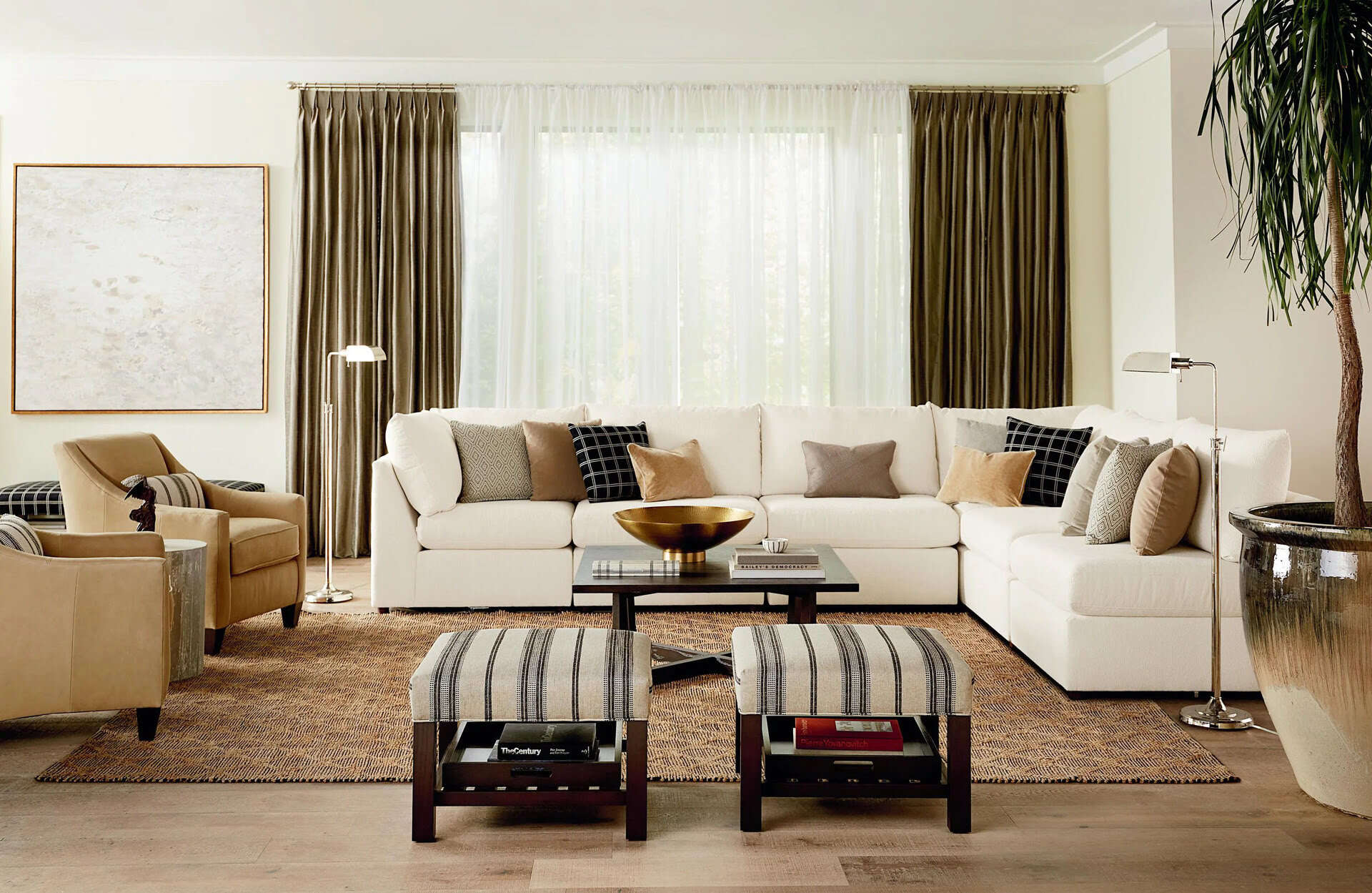
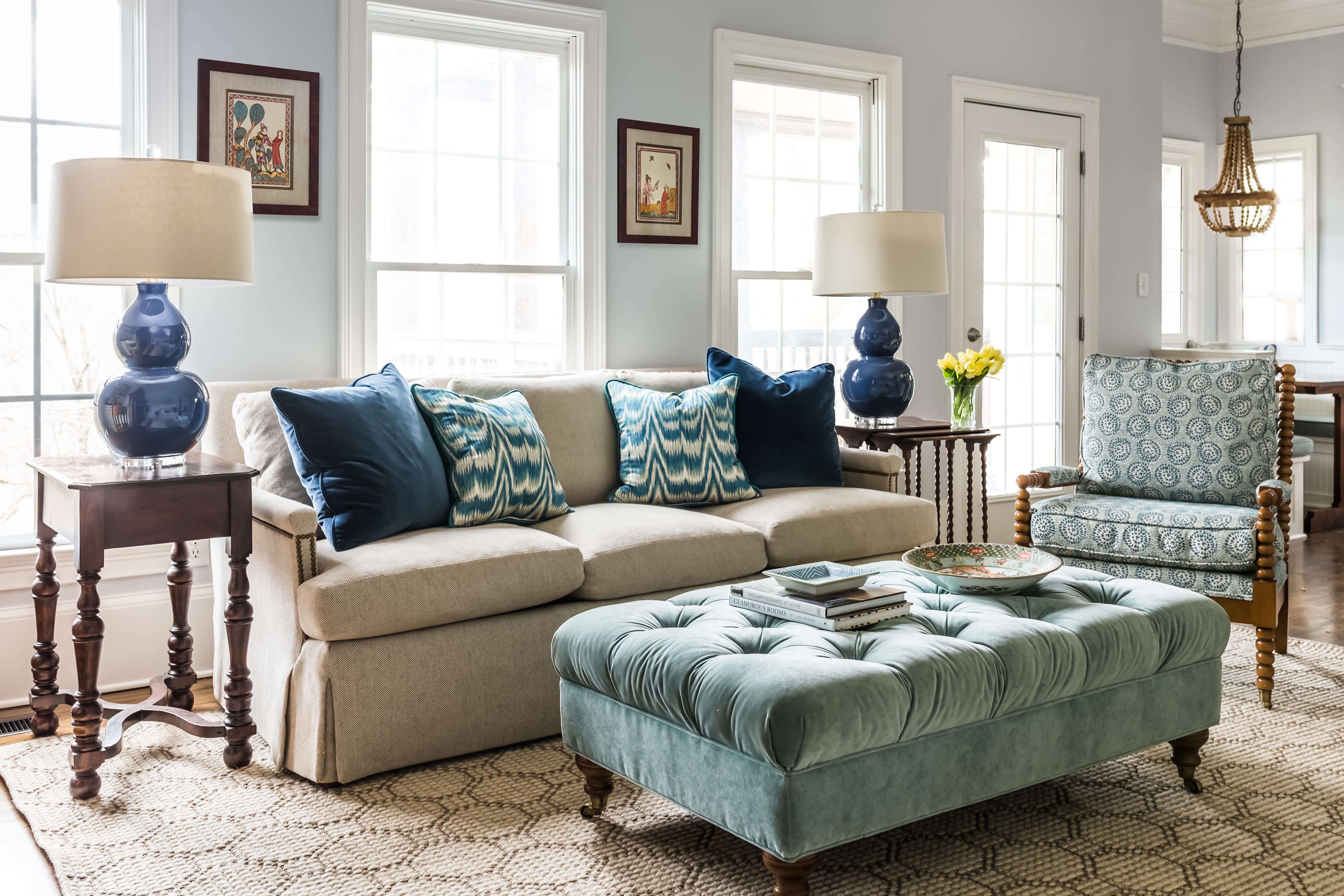
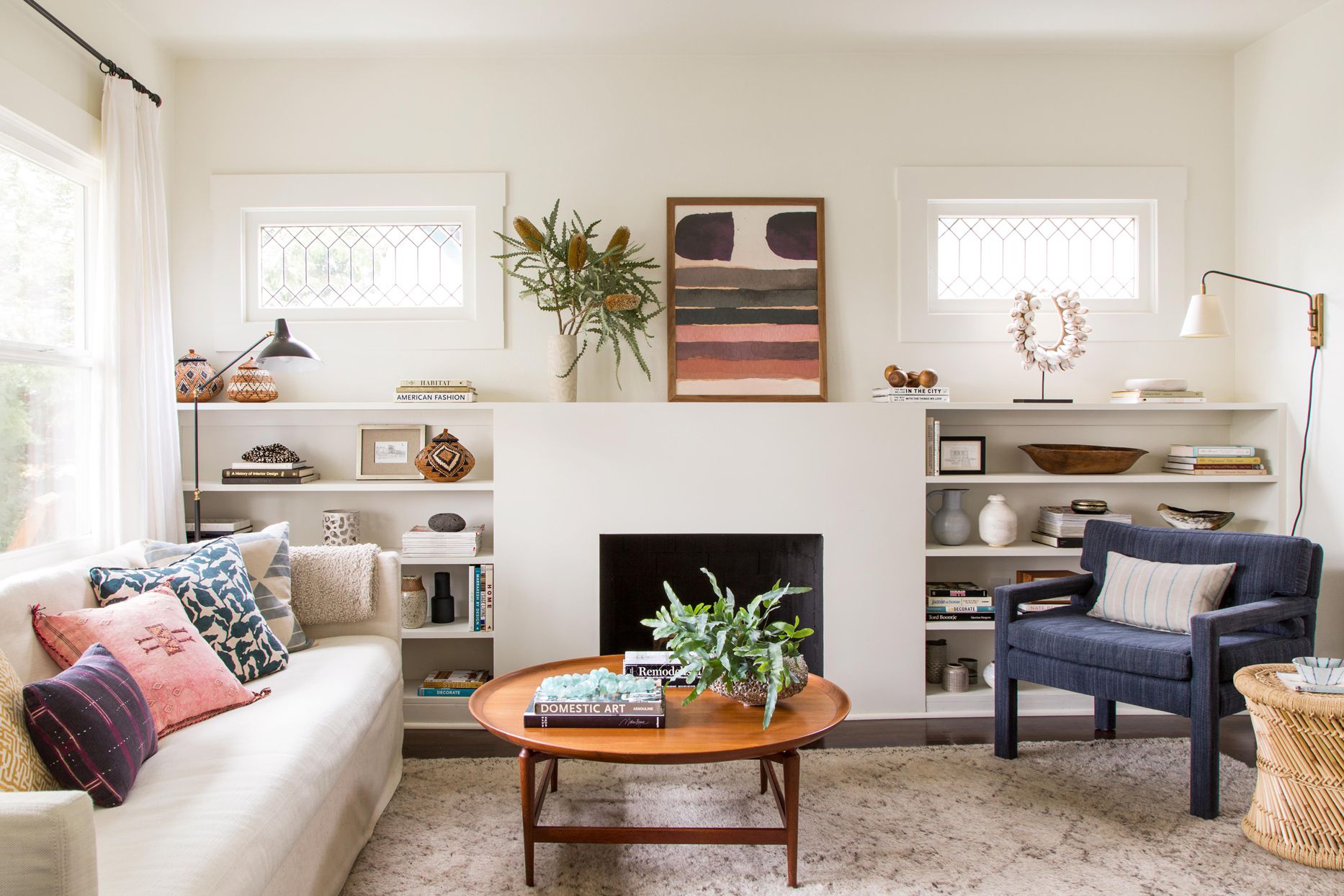
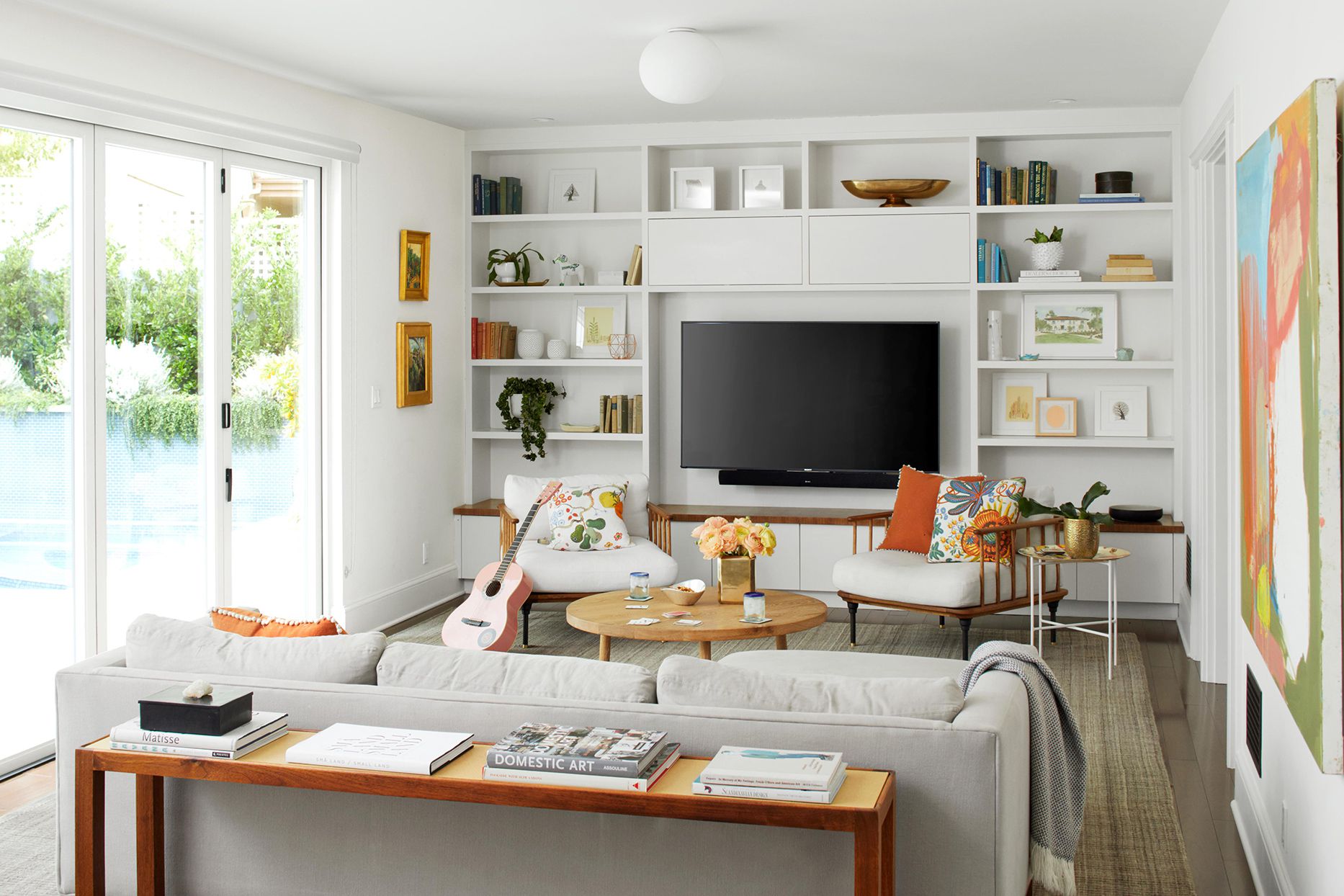
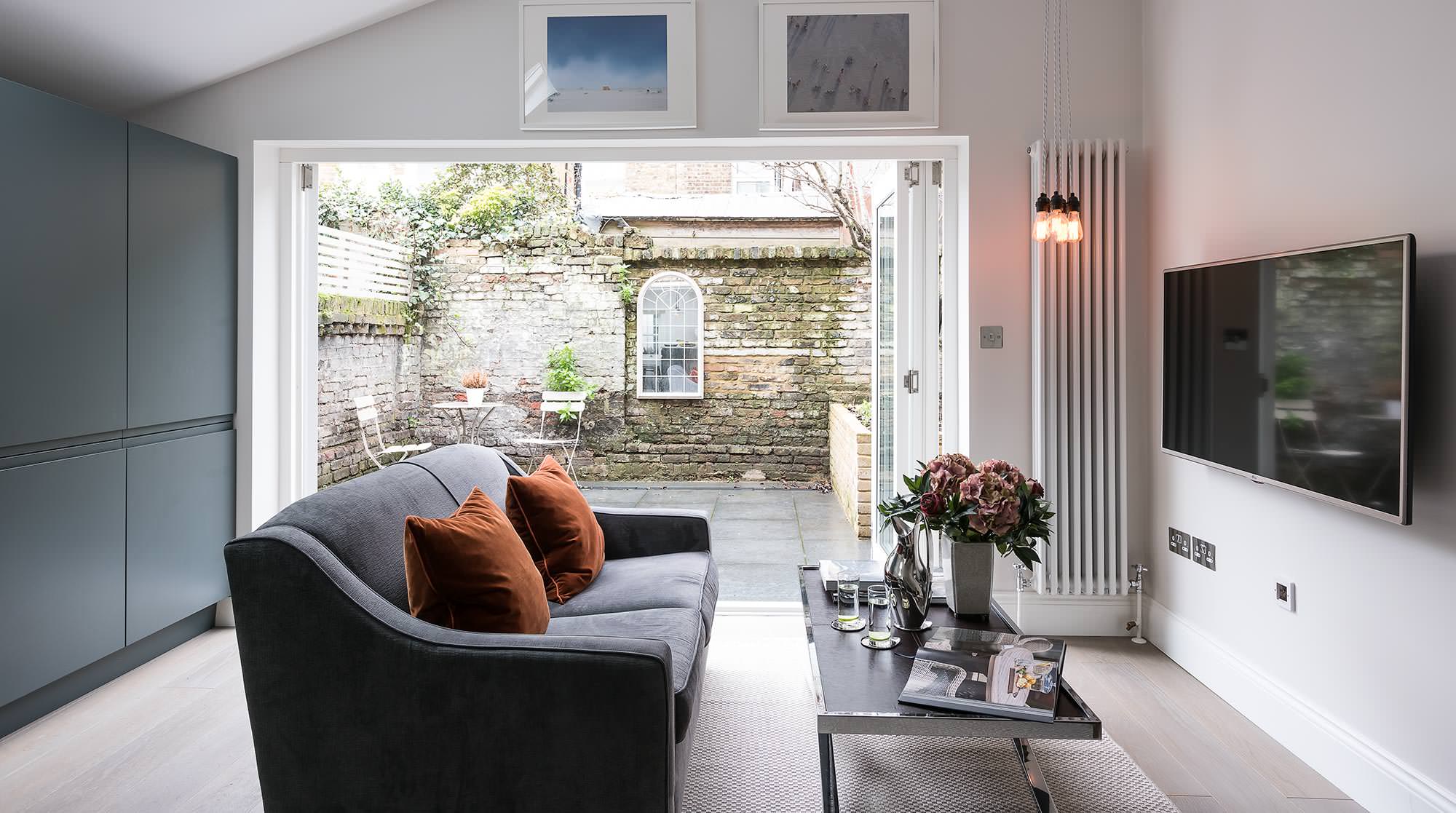
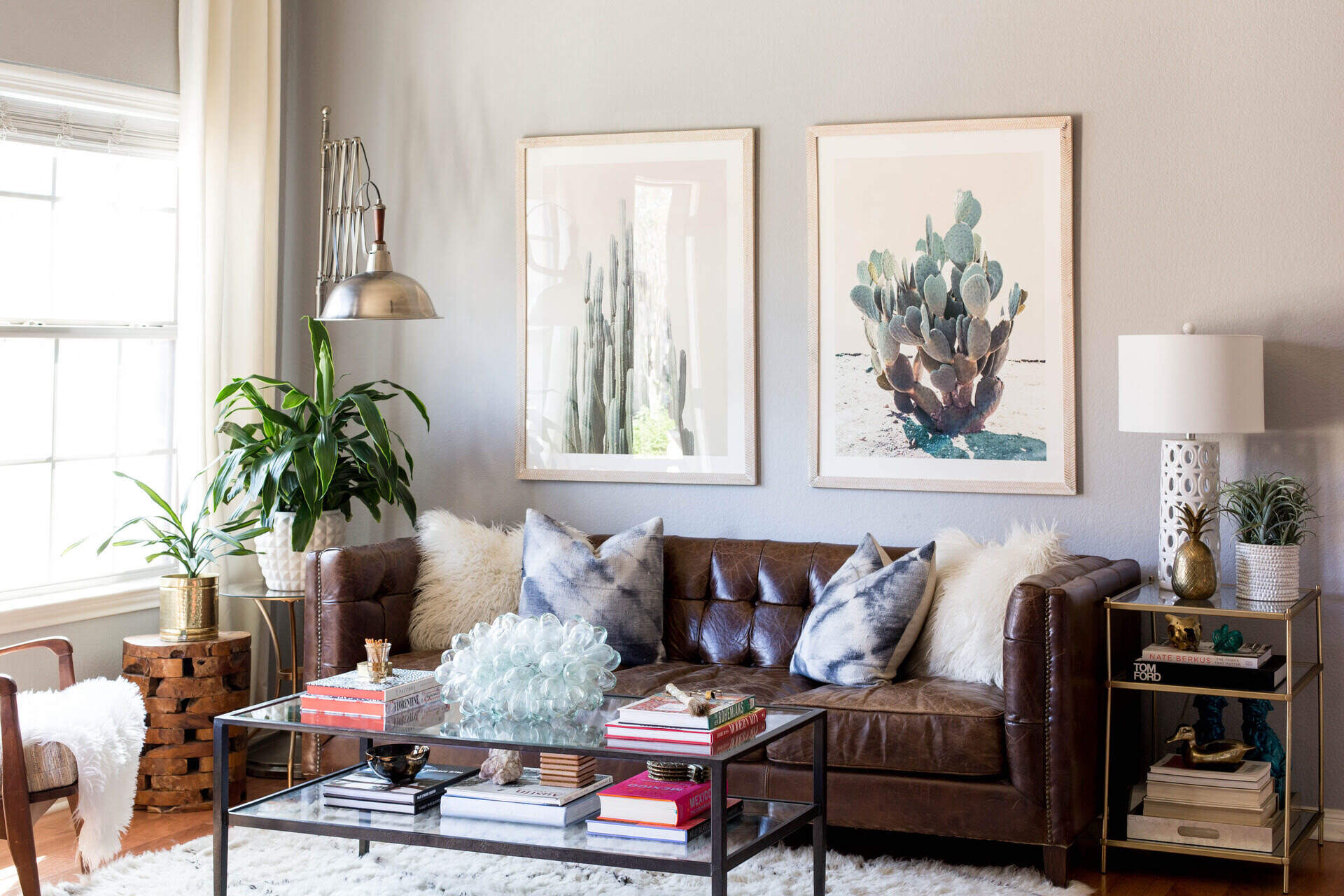
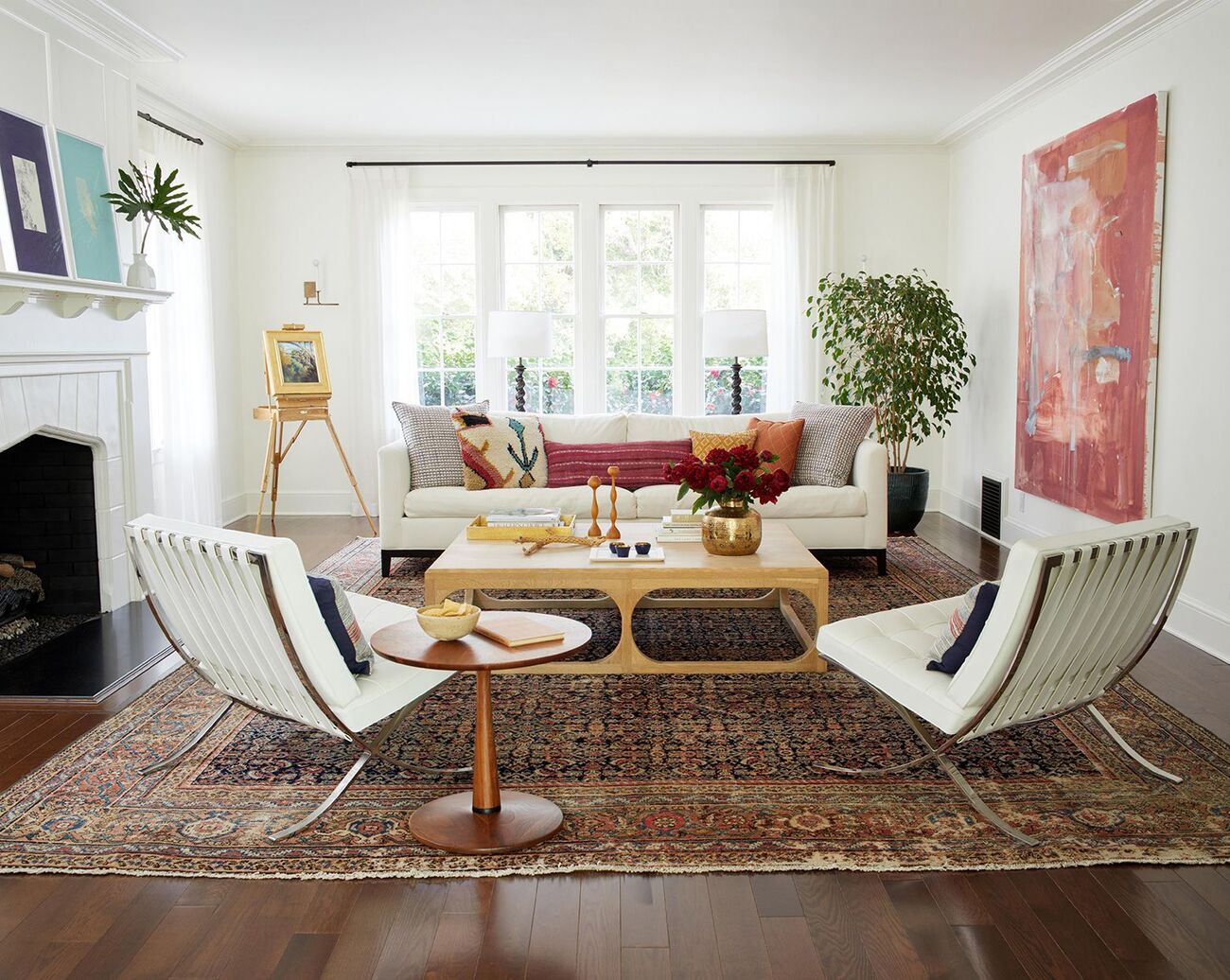
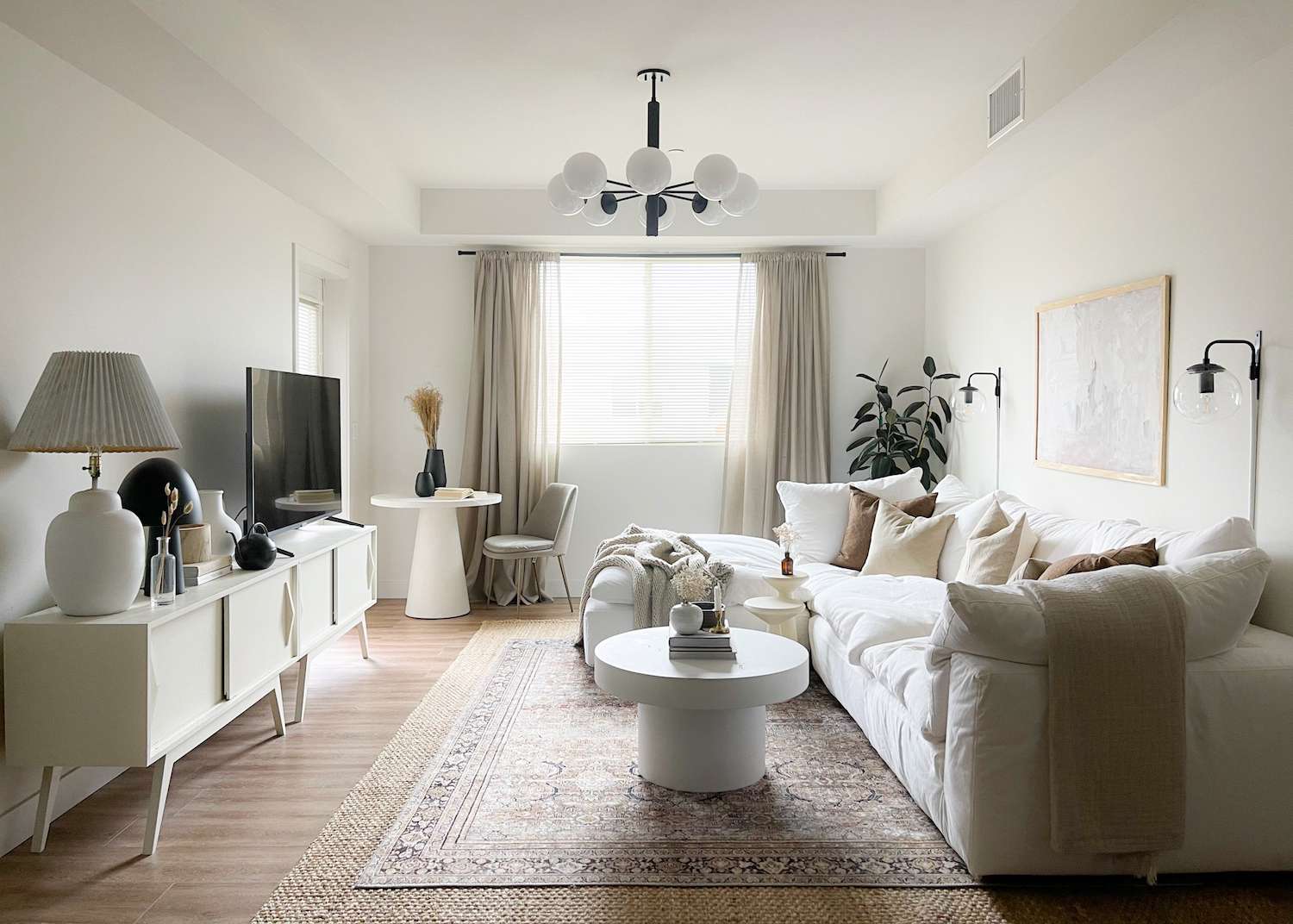
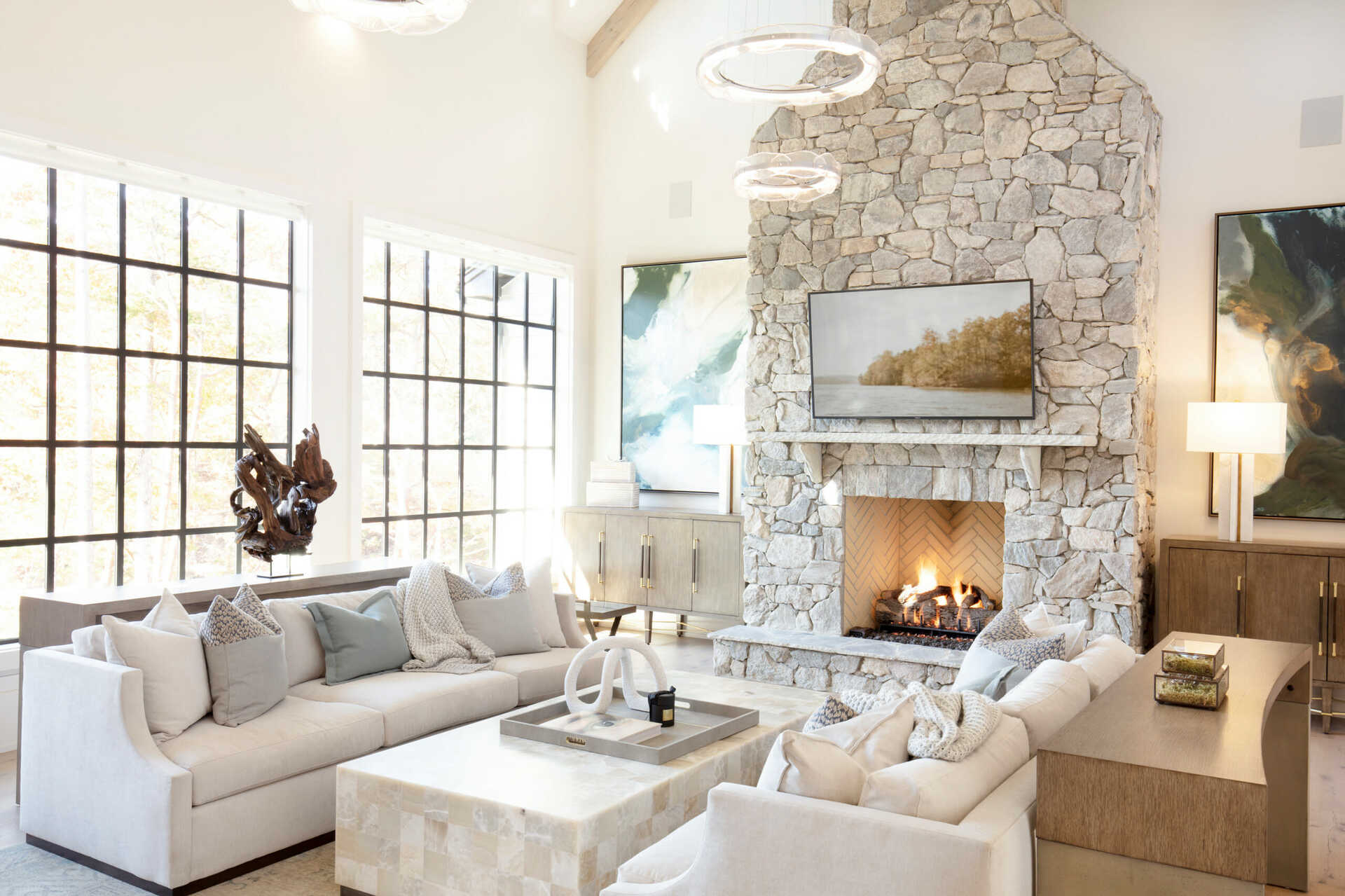
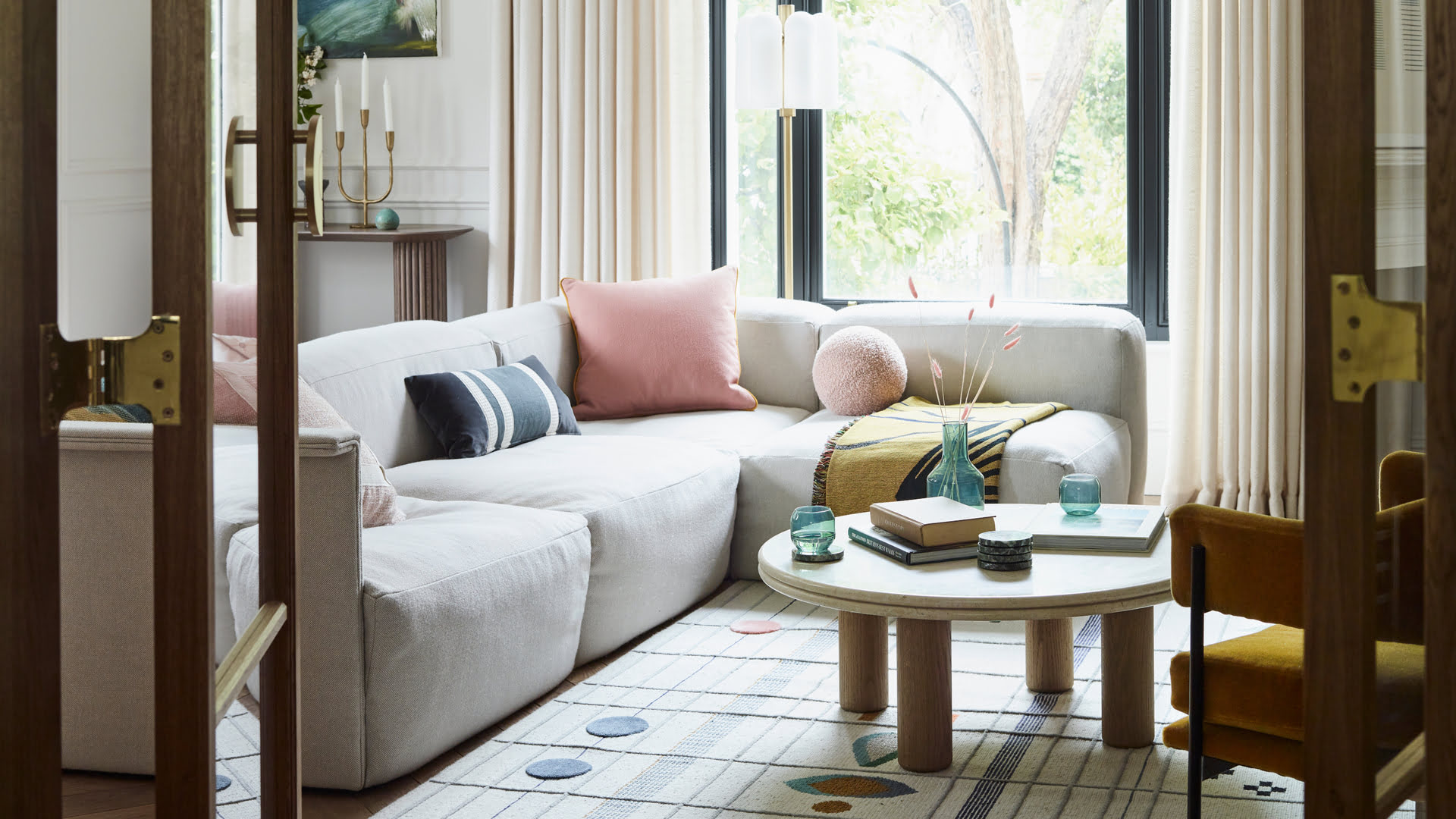
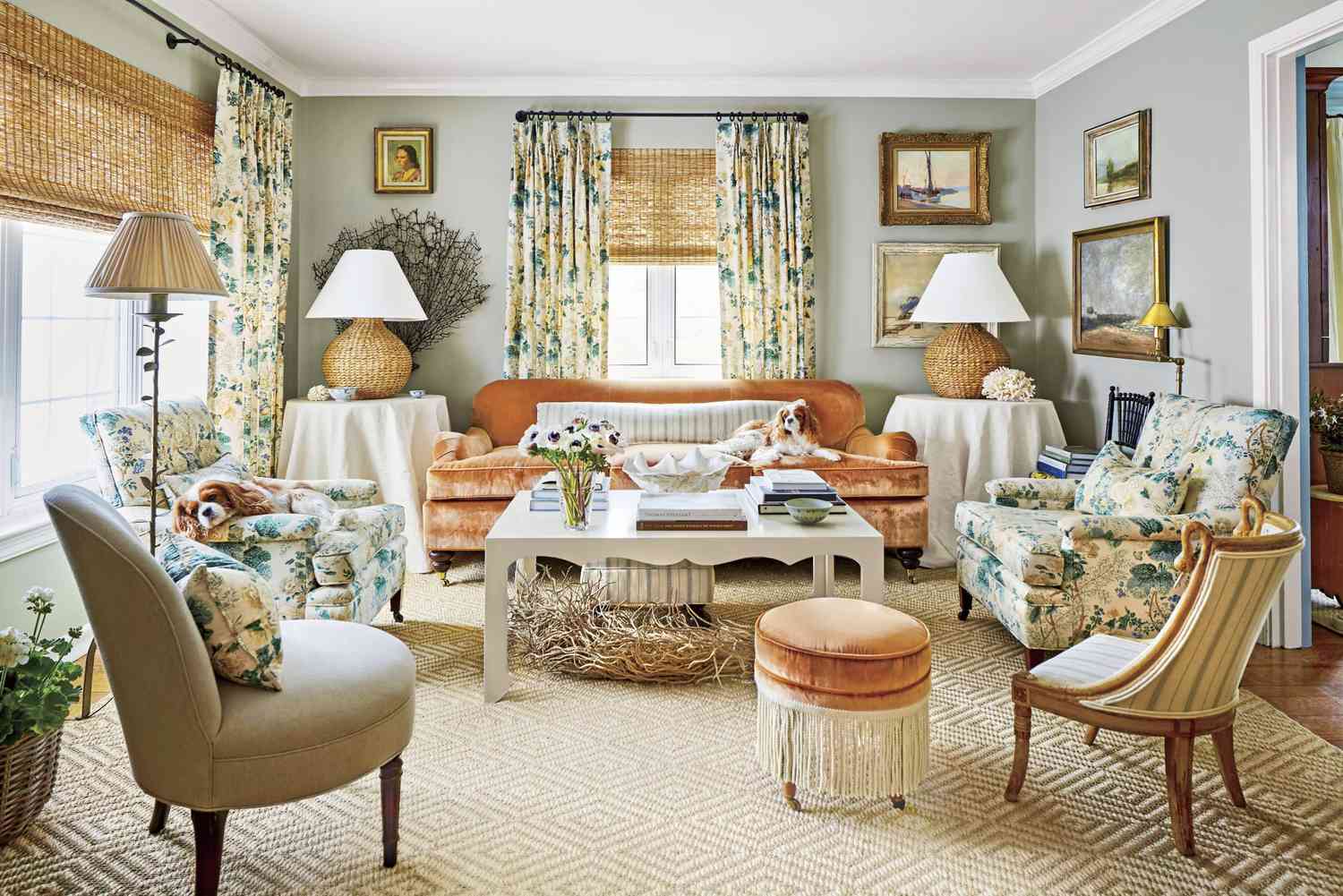
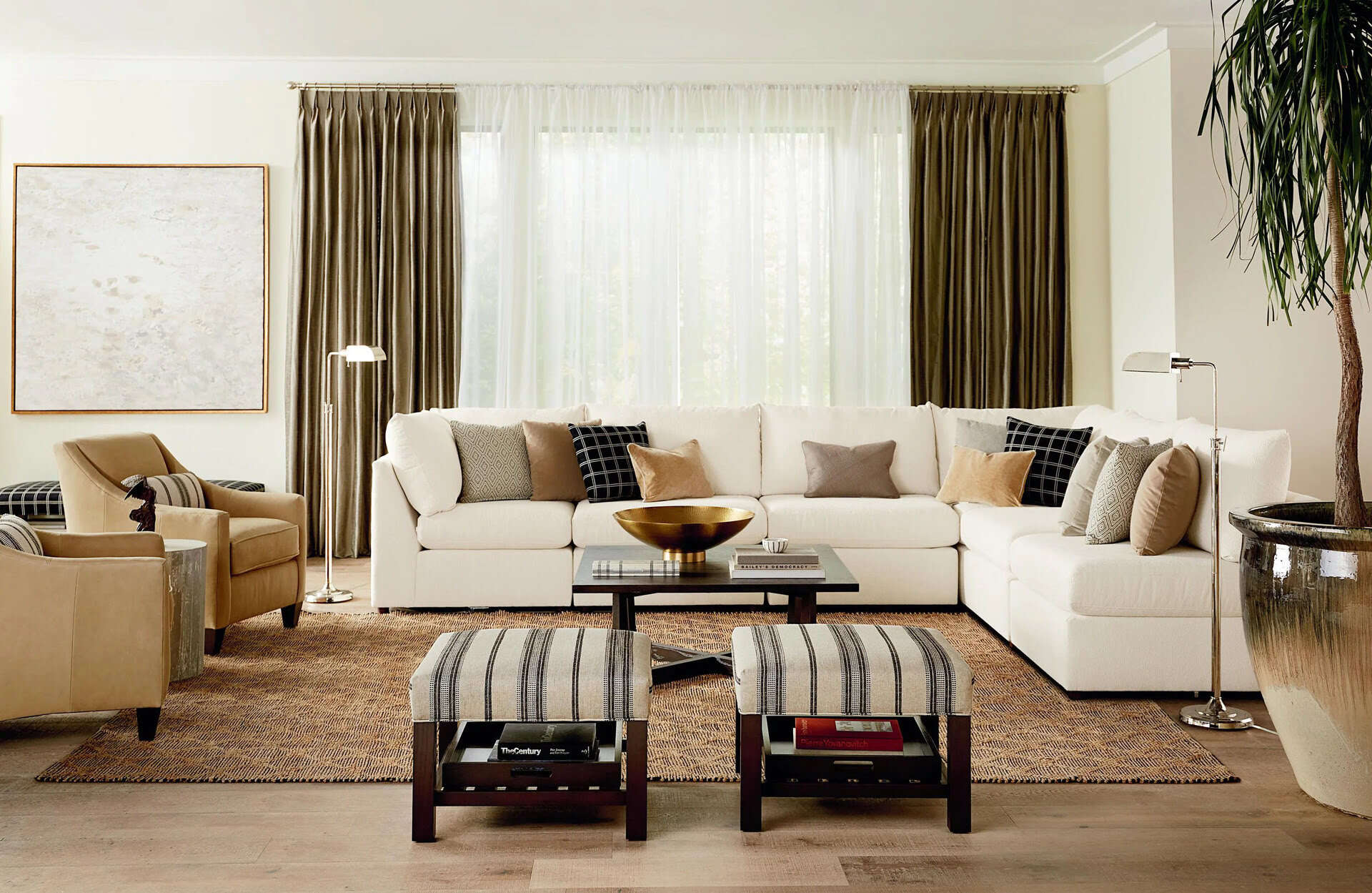

0 thoughts on “How To Decorate Living Room Without Furniture”